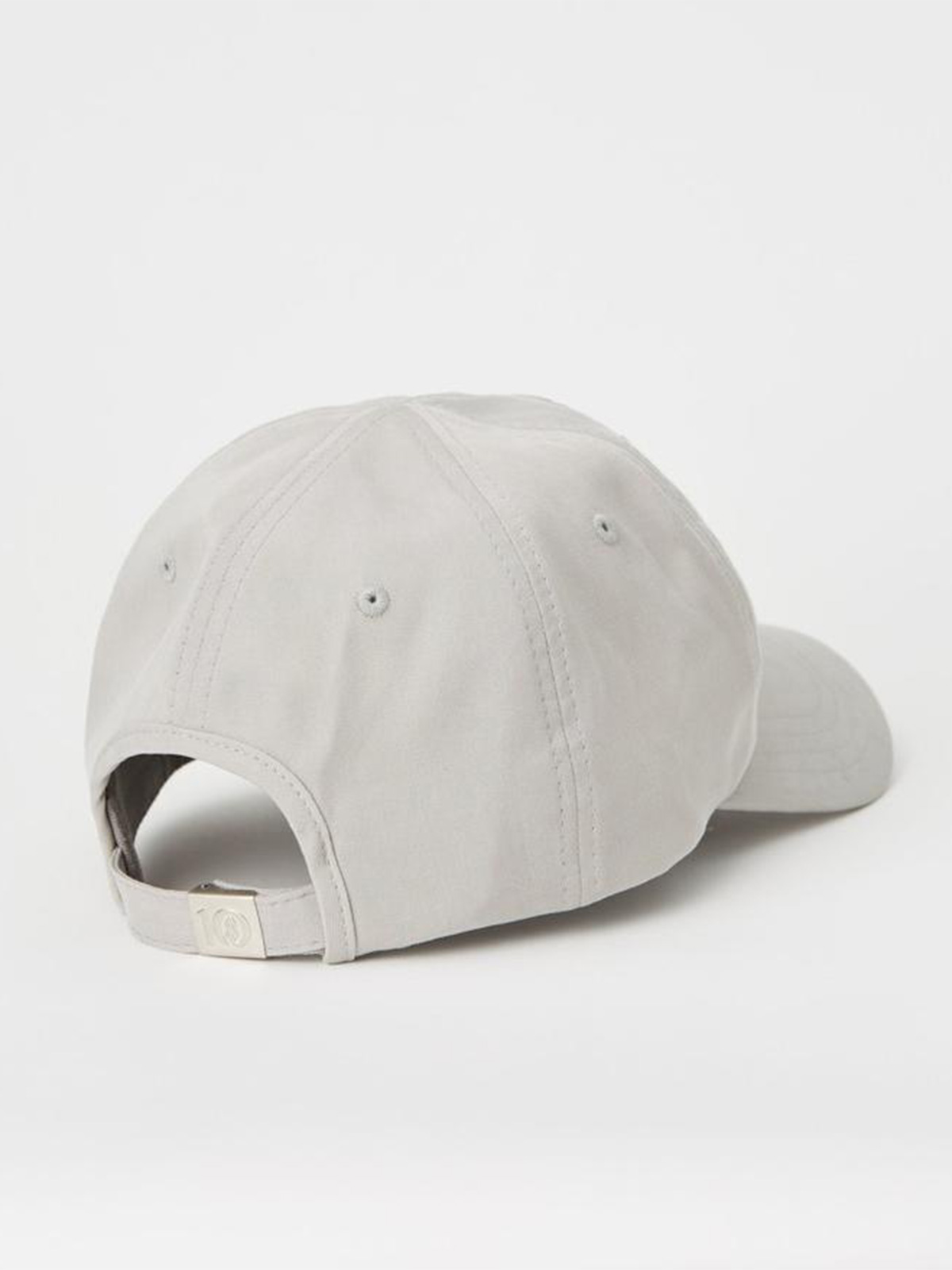The link between forests and fashion hasn’t often been at the fore of sustainability discussions, but recent reports of intensive deforestation for material production are changing that. Here, we explore some of the sector’s key drivers of deforestation.
The hidden impact of material production on our forests
It’s not immediately obvious how fashion impacts our forests—or at least not as clear as the effects of, say, agriculture—which makes it easy for brands and organisations to hide behind opaque supply chains and the absence of consumer demand for improvement in comparison to more prominent sustainability issues like recycling or animal welfare. But many of the raw materials we rely on in fashion come from plants or their pulps, meaning that fashion and forests are intrinsically linked.
Materials such as viscose, lyocell, and natural rubber are derived from trees, so it’s easier to understand how they could have an impact—more on that later—but other kinds of material production cause deforestation, too. Both cotton and leather, for instance, are major drivers of land clearing for plantations and cattle grazing in forests—including in the Amazon. In fact, The Fashion Pact suggests that “the majority of fashion materials are sourced in or near areas of deforestation.”
Clearing trees to make way for fast fashion
In April 2024, NGO Earthsight revealed the results of a year-long investigation into cotton production in Brazil’s Cerrado region—a highly biodiverse area where deforestation rose by 43% in 2023. The report showed that illegal deforestation, land grabbing and violence related to cotton production are rife, and suppliers to H&M and Inditex exported a huge portion of the “tainted cotton”. “While we all know what soy and beef have done to Brazil’s forests, cotton’s impact has gone largely unnoticed. Yet the crop has boomed in recent decades and become an environmental disaster,” said Earthsight director Sam Lawson.
The reason cotton production has become more lucrative in recent decades is thanks in part to fast fashion and overconsumption. We buy more clothes than ever, and those materials have to come from somewhere—the WWF estimates that half of all textiles are made from cotton. As the demand for the crop increases, so does the incentive to clear land for growing it—even illegally.
What happens when land is cleared for monocultures
When land is cleared to make way for plantations—whether for cotton growing or trees in man-made cellulosic fibre production—forests rich with varieties of plants and all kinds of creatures are replaced with rows and rows of a single plant or tree species, which is grown as quickly as possible to be used in material production. These are called monocultures, and they’re bad news for biodiversity.
This form of mass agriculture that caters to mass consumption leads to soil erosion and encourages the use of harmful pesticides to protect the vast swathe of a single plant species that is vulnerable to insects. As native species’ natural habitats are taken away, there is nowhere for them to thrive, and biodiversity is severely decreased on monocultured land.
When those forests are ancient, the impact is even worse, as environmental organisation Canopy explains: “Systems that have been in place for hundreds or thousands of years are disrupted and this causes a ripple effect that impacts flora and fauna, and even the mineral content in the soil and the flow of rivers and streams. In some cases, it can lead to a dramatic loss of biodiversity and abundance of wildlife, and even to the local extinction of threatened species. It can also displace people who call the forest home and depend on its plants and animals for sustenance and livelihoods.”
The role of man-made cellulosic fibres in deforestation
Man-made cellulosic fibres (MMCFs) such as viscose, lyocell, and modal are made from dissolved wood pulp which means that they rely on trees for their raw material—so much so that Canopy estimates around 300 million trees are cut down annually to make MMCFs for fashion apparel.
The impact of that demand is worrying: Fashion for Good suggests that around 30% of wood for viscose is sourced from endangered forests, and a 2023 report by Greenpeace highlighted links between one of the world’s largest pulp companies and the deforestation of tropical rainforests where endangered species live, including the Bornean orangutan. Meanwhile, there’s also evidence that Indigenous communities’ land is being destroyed or degraded by monocultured plantations for wood pulp, and that “water and soil pollution from chemicals used in plantation forests and during pulp processing drive habitat loss and endanger species, unless the process is 100 percent closed loop,” as stated by McKinsey.
How leather contributes to forest degradation
Many leather producers have long held the claim that because leather is a by-product of the meat industry, they have no influence over cattle rearing—or how forests in places like Brazil and the Amazon are transformed into pastures to make way for animal grazing. But this isn’t entirely true, because leather is now a significant source of profit and has become a co-product (or, a desirable secondary good). That means tanneries, suppliers and brands could use their purchasing power to influence cattle rearing and its links to deforestation.
The leather industry has one of the most well-known links between fashion and deforestation, and according to Textile Exchange, brands are coming under increasing consumer pressure to guarantee their leather is deforestation-free. Despite that, “brands are finding it challenging to engage with their suppliers and map their supply chains far enough to identify their raw material sources, let alone to take action.” This ongoing challenge was demonstrated in The Guardian’s 2021 report that at least 50 brands, including Zara and Nike, had supply chain links to a leather exporter known to engage in Amazon deforestation through what it claimed were indirect suppliers. It only highlights the urgent need for full transparency across the entire supply chain.
What is the industry doing to stop deforestation?
It’s easy to read all this and feel at a loss for what to do about such a large-scale issue. But there are people and organisations working to improve the situation.
Good On You’s ratings take deforestation into account, and our analysts consider the steps brands are taking to avoid or minimise deforestation from the use of fabrics associated with it, including leather, rubber, metal, precious stones, and MMCFs. We also expect brands to have a policy for all at-risk fibres, with clear strategies for implementation.
Elsewhere in the industry, Textile Exchange and the Leather Working Group have partnered to create the Deforestation-Free Call to Action for Leather, which asks brands to commit to sourcing their bovine leather from deforestation and land conversion-free supply chains by 2030 or earlier. The programme also calls on brands to commit to respecting human rights along the leather supply chain, including those of Indigenous and local communities.
Canopy, meanwhile, focuses on endangered species and disappearing forests, and it launched the CanopyStyle campaign to engage with brands on these issues. The programme also looks to promote and develop next-generation solutions for MMCF production without wood pulp, such as textile and agricultural waste. Canopy also produces The Hot Button Report, which holds the world’s viscose producers to account by ranking their progress on eliminating wood from ancient and endangered forests from their supply chains, and how they are innovating and engaging in conservation.
The bottom line is that we need healthy forests for a healthy planet. They absorb billions of metric tons of carbon dioxide, are vital in supporting biodiversity, and help to regulate rainfall, to name just a few important factors. That’s why it’s so important for brands and supply chain stakeholders to take responsibility for their impacts, work to reduce them, and be transparent about their practices.



















